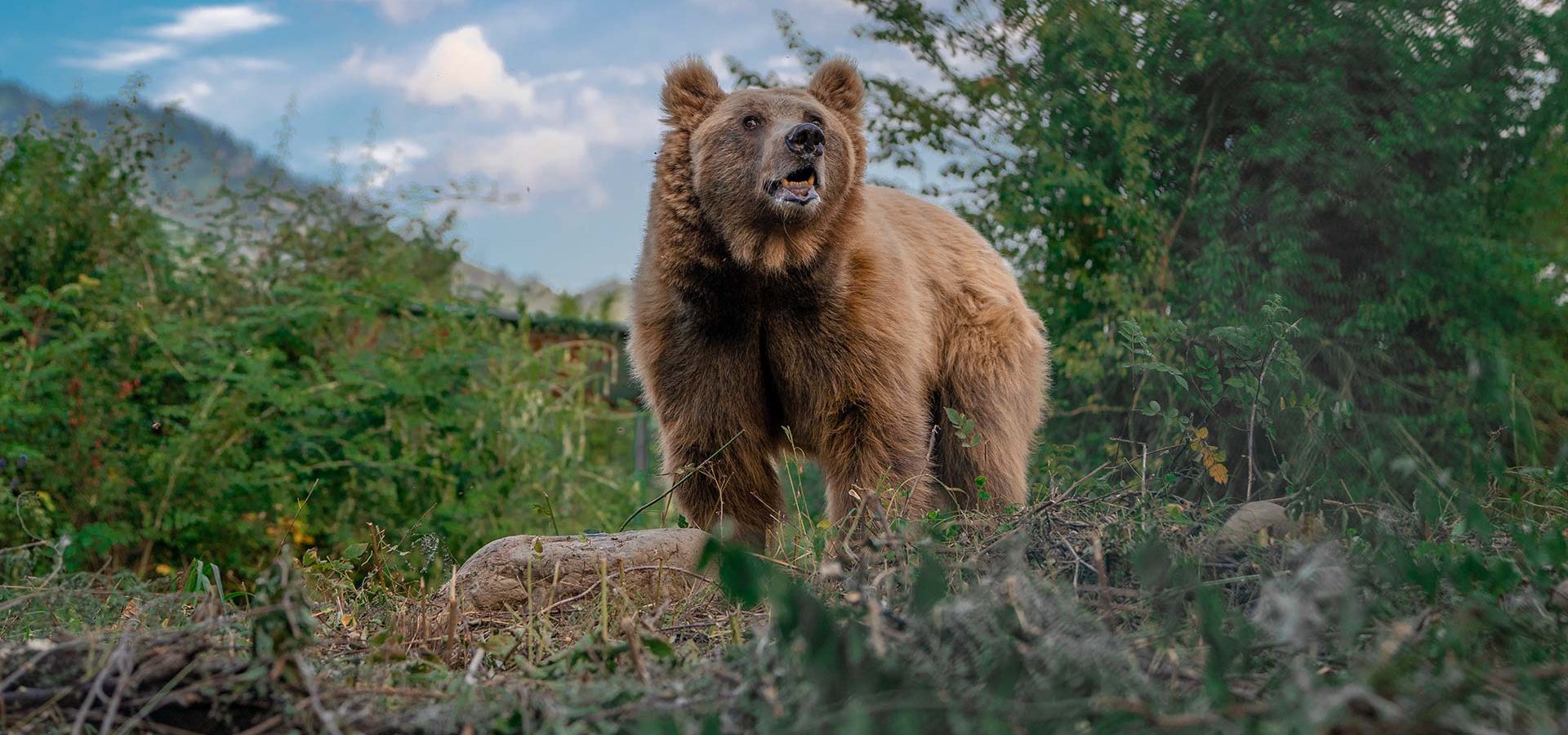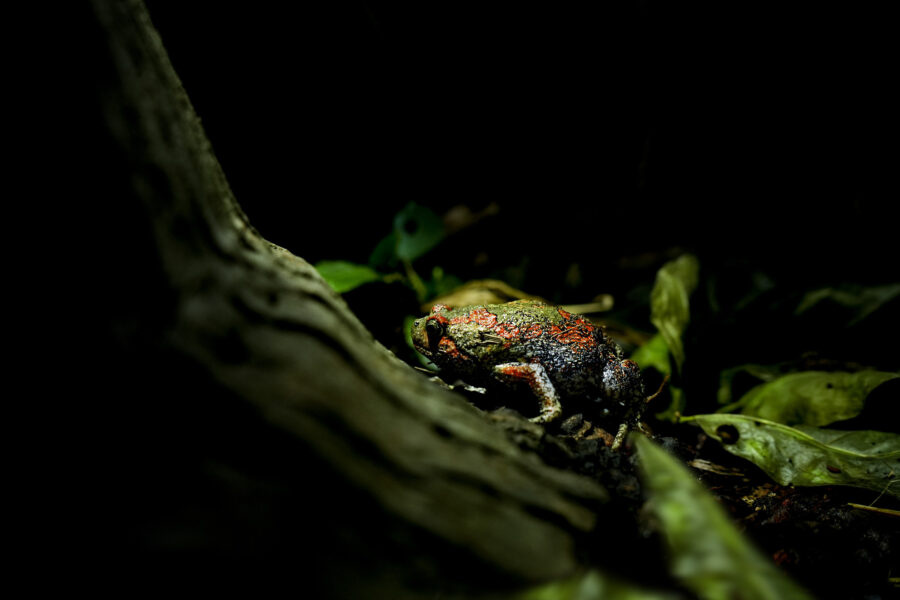In one of the natural nerve centres of India’s winter wonderland, viz. Kashmir, a problem raised its head. The pulchritude of snow-clad mountains, valleys and gorges inhabited by various animals that call it home, was being pilfered by one specific resident species: homo sapiens. In Kashmir’s Sonmarg region, Himalayan brown bears have been residing for centuries, but never had they seen their home trashed like this until now. The problem of waste generation by human beings is not something unfamiliar to us, but the unplanned disposal and treatment of waste has degraded natural spaces in this region that are precious to brown bears. Waste in both forms – organic and inorganic – have been found here, which prompted a preliminary field study by Wildlife SOS in 2021.
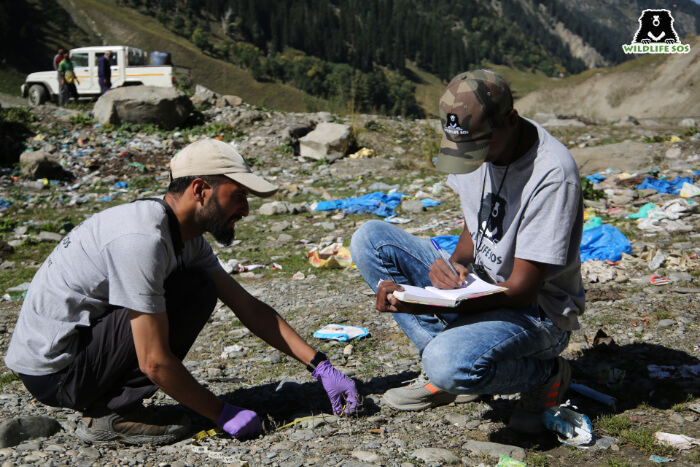
The organisation found the brown bears venturing into lower altitudes to the garbage dumps and human settlements for food, resulting in the trash habituation of bears and human-brown bear conflicts. The research further found that 75% of the diet of the bears who frequented human-made garbage dumps included plastic, chocolates and organic food waste. The improper disposal of waste is a major factor that attracts bears close to human settlements, thereby increasing the risk of direct conflict.
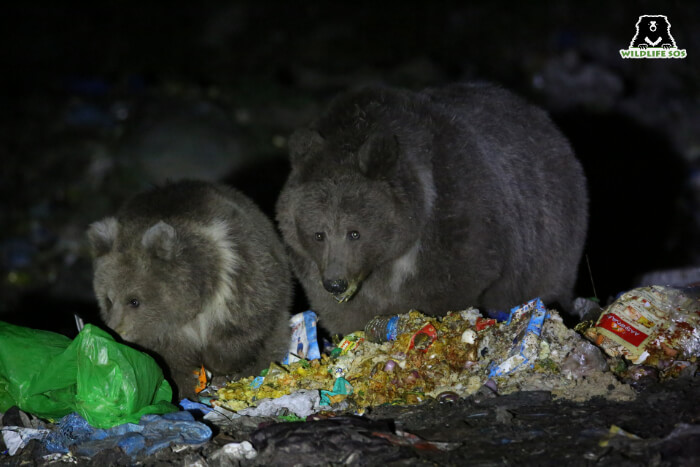
However, there are scientific reasons behind the increase in instances of conflict. The bears start moving toward these dumps as they become dependent on the easily available food. This will take a toll on their health as well as their population. Since the waste is left unsegregated, any harmful substance taken in can be detrimental to the bears. The high calorie food is also not natural to the brown bear’s diet, with artificial cooking ingredients and spices mixed in them.
The most serious and pressing issue, however, is the knowledge being passed down to the next generations of bears. The cubs who follow their mothers to forage, consider the garbage dumps to be their primary source of nourishment. This way, they will gradually lose their hunting instincts and their ability to forage in nature.
This is why the study by Wildlife SOS was crucial to come up with scientific solutions to mitigate conflict and resolve these issues.
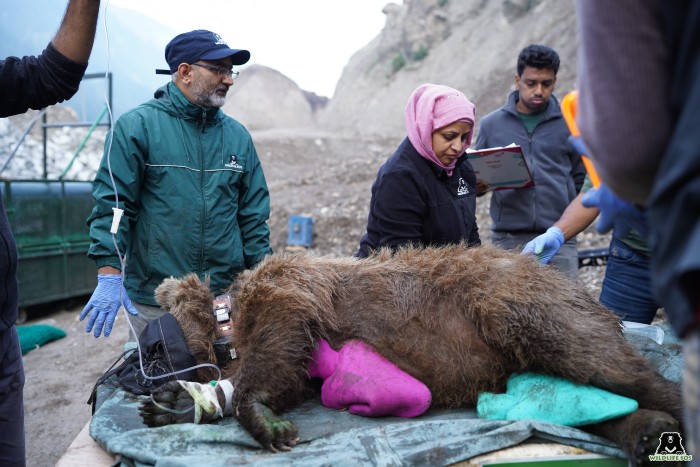
The research initiative has included carrying out a radio-collaring project of Himalayan brown bears in Sonmarg, in conjunction with the J&K Wildlife Protection Department in the Central Wildlife Division of Kashmir. Some of the primary objectives of the study is to understand the bears’ habitat utilisation, movement pattern, habitats of males and females, activity pattern and hibernation period. Our field team radio-collared six brown bears, which included four males and two females. This is the first ever radio-collaring project on Himalayan brown bears carried out in India, which makes the study even more unique.
A major reason to carry out the research was that despite being the largest animal found in this region, very little to nothing is known about the species as a whole.
For the project, the organisation opted for an animal welfare perspective to examine the impact of living in a human-dominated environment on brown bears. The expert team of field biologists, conservationists and veterinarians used animal welfare and behavioural tendency metrics to predict human-brown bear conflict.
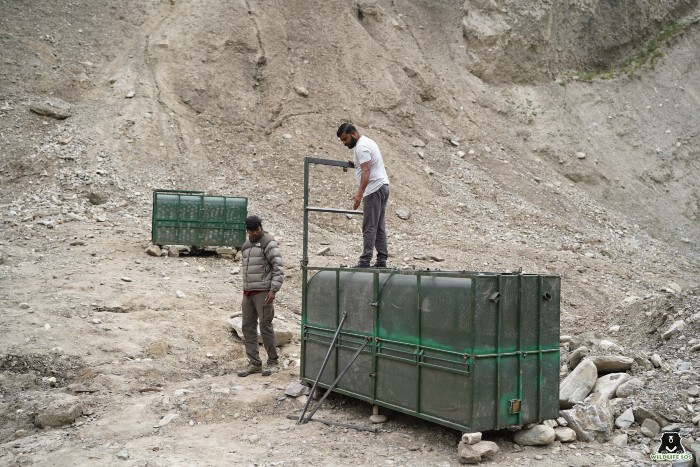
Knowing the range of animals enables conservationists to understand the habitat and corridors they use, and the areas which overlap with human habitation. Thus, ranging studies are essential to grasp the fundamental ecology of the species and implement better conservation practices. In the future, the team plans to observe the difference between bears that are socialised in the Thajwas landscape and those that are completely wild, without any human imprint.
The field team used radio collars that provide information on the movement of brown bears using a satellite tracking system. Further, these animals can be tracked on foot using Very High Frequency (VHF) antennae in the field. The GPS and real-time monitoring of these collared bears is still on, and the results will be compiled after the completion of the first year.
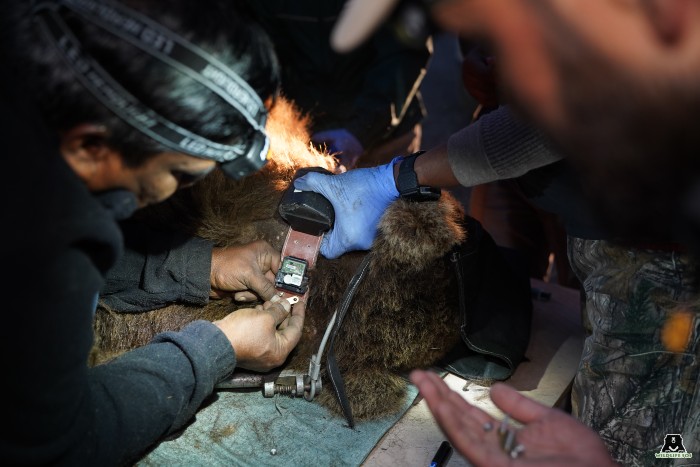
In some of the initial findings, one of the male brown bears was found to cover a range of nearly 293 sq km, which is immensely huge and much more than females. The team also got a fair idea regarding the terrain and altitude (roughly 3,000 m above sea level) in which they move about.
The radio collars will provide data for two to three years. The radio-collaring process was concluded in September 2023. Once this was done, the team began to collect information that also included observing their hibernation activity during the 2023-24 winter season. For any study to produce tangible results, it is imperative to note the findings for at least three seasons. The team then intends to determine the bears’ habitat utilisation, movement pattern, their foraging behaviour, habitats of males and females, activity pattern, hibernation period and denning characteristics, and other variables.

When combined together, the information will be valuable to garner a better understanding of this elusive bear species. The perils to Himalayan brown bears are many, however, the will to work for their conservation is also perspicuous in the efforts of Wildlife SOS and the J&K Wildlife Protection Department. As a reader sensitive towards wildlife conservation, if you wish to contribute more significantly to our study, you can consider becoming a monthly donor and help us strengthen the research further.

